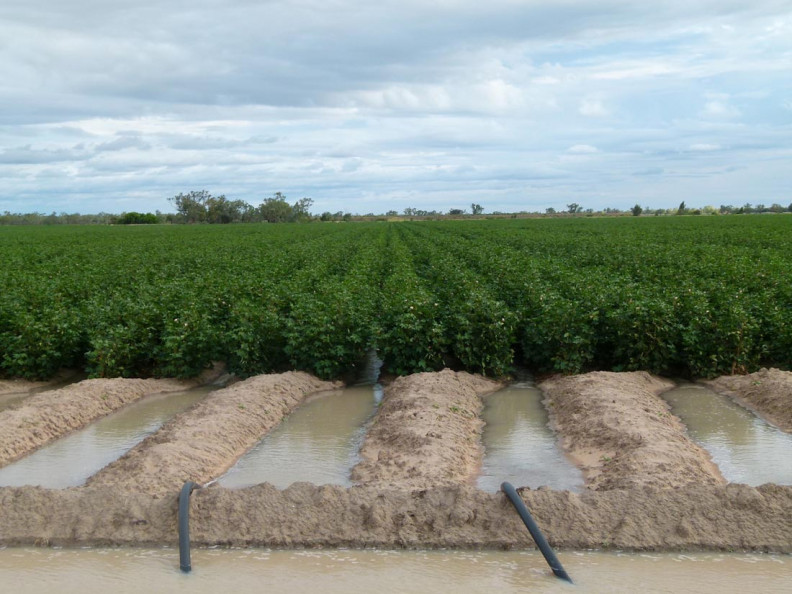EMILY BRADFIELD, Rural Weekly
Australia’s 2020 cotton crop is the lowest planted since the 1980s, with just 60,000 hectares planted across Australia, less than a quarter of last year’s plant of 292,380ha according to Cotton Australia’s January estimates.
The drought took a hit on the Darling Downs cotton industry as growers started the season with not enough water to get through, taking a chance on in crop rain.
Cotton Australia regional manager for the Darling Downs Mary O’Brien said the 2020 cotton crop is one of the worst seasons she has ever seen.
About 6000ha of cotton was planted on the Darling Downs last year, dramatically down from the 30,000ha planted in an average season.
“In an average year we would have 30-35,000 hectares of irrigated cotton on the Darling Downs and the dryland would come in on top of that, so depending on the season, in a bad year we might have 1500 hectares of dryland cotton but in a big year we’ve had up to 70-75,000ha,” Mrs O’Brien said.
“There was no confidence and no water going into last summer so dryland just didn’t exist, previously the worst in my time I’d seen was around 1200-1500ha dryland and we thought that was a bad year, but we’re down to pretty much nothing.
“To go from a baseline of 30-35,000 down to 6000 is a pretty big hit to the industry.”
Rain in January and February came just in time to save a lot of cotton crops across the Darling Downs.
“There were growers who went into last season with not enough water to get through, they were hoping for some in crop rainfall which they only got at the end,” Mrs O’Brien said.
“That really saved a lot of them at the end, otherwise if we hadn’t got that rainfall there would have been a lot more crops ploughed out.”
The rain also helped to replenish water storages and restore confidence for a better crop next season.
“Certainly the rain was very welcome and that’s given growers some confidence for next season,” Mrs O’Brien said.
“Most of the irrigators would have three quarters water or to full water stored, there’s certainly still some that would be on about half full but most of them would have some good water storage for summer which they’ll put into cotton next year.
“We’ll have to get a bit closer to next season to know what sort of dryland component we would have but at this stage, it’s looking quite good for a reasonable plant of irrigated cotton next summer.”
Although, more rain is needed before the winter plant to ensure a full moisture profile.
“We need some more rain before these guys even plant winter cereals here on the Downs, it sounds a bit crazy when we’ve had so much rain but this soil will take a lot and a lot of these areas here wouldn’t even have half the profile of moisture yet,” Mrs O’Brien said.
“With the extended dry period it’s just taking so much to wet it and it’s dried off so quickly, some of these guys are looking like they’ll need another two or three inches before they plant.”
As growers on the Darling Downs prepare to pick cotton crops in the coming weeks, coronavirus restrictions will be on their minds as they implement precautions and manage staff and contractors to adhere to social distancing regulations.
Mrs O’Brien said the biggest disruption coronavirus had caused to the cotton industry so far was border closures creating uncertainty for contract cotton pickers travelling between states, although the reduced crop this year means travel will be limited with fewer crops to harvest.
Source: weeklytimesnow.com.au

